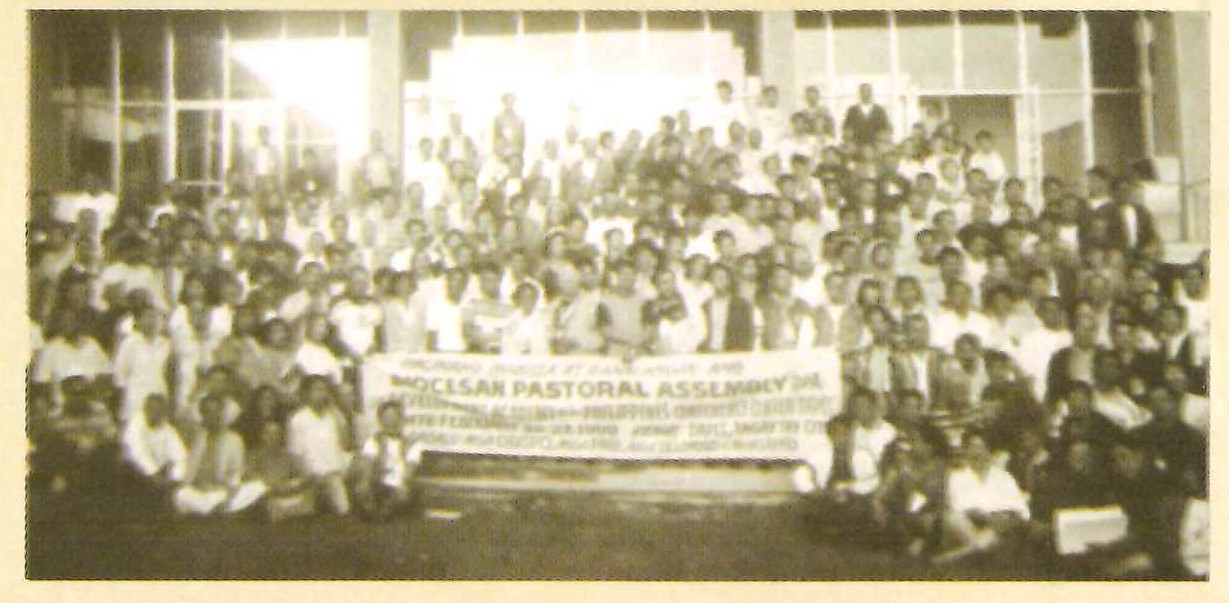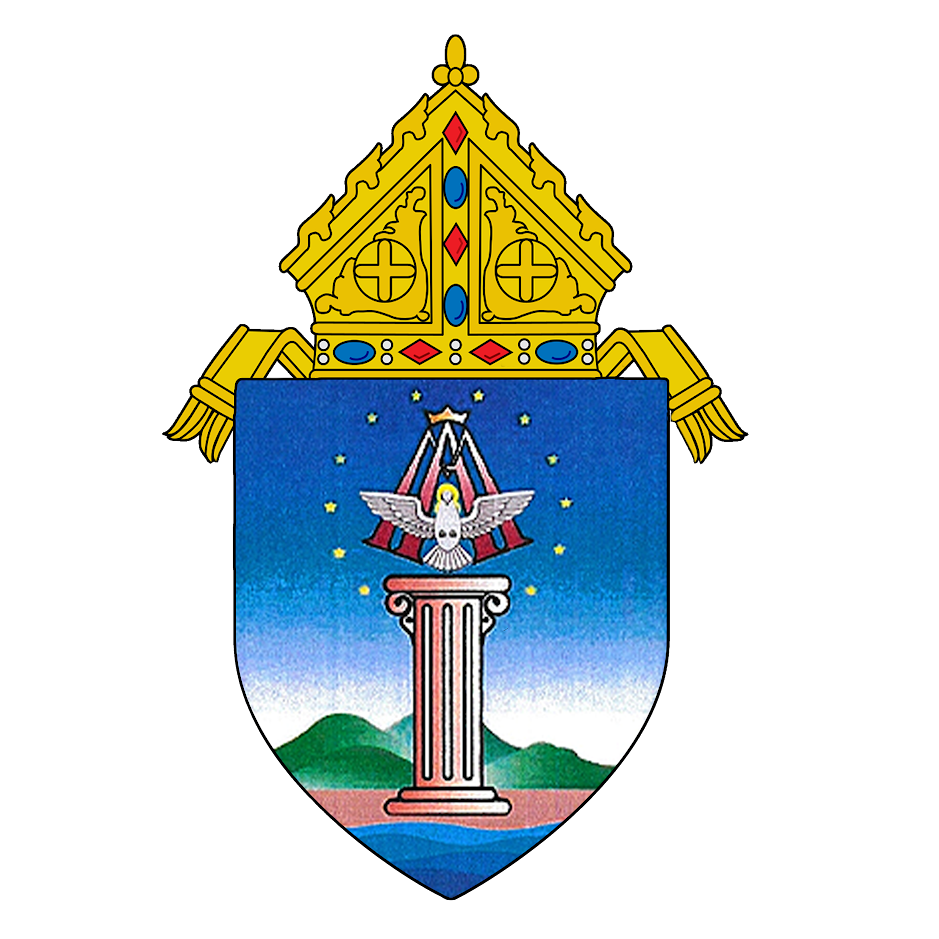Diocesan Pastoral Assembly
Beginnings of Diocesan Pastoral Assembly
Lay Participation in the Diocese
Silver Jubilee of the Diocese

“On April 26, 1987, the Diocese of Imus celebrated the silver jubilee of its canonical erection. A year before the celebration, a program was launched in October 1986 with the theme “Paunlarin ang Maka-Diyos, Makatao, at Makabayang Tipanan ng Diyos at Sambayanang Kabitenyo.”

Devotions in Cavite
Diocesan Synod
The Death of Bishop Perez
The Third Bishop of Imus

“ By March 1993, the news of the appointment of a new Bishop for the Diocese of Imus was received. Finally, on April 1, 1993, the third Bishop of Imus, Most Rev. Manuel C. Sobreviñas was installed by the Apostolic Nuncio, Most Rev. Gian Vincenzo Moreni at the Imus Cathedral. Immediately after his installation, Bishop Sobreviñas began to visit the different parishes of the Diocese. He likewise instituted some reforms like reorganizing certain structures of the Diocese. The Presbyteral Council was separated from the Board of Consultors.”

A New Caviteño Bishop
Appointment of Priests

“ On March 5, 1996, Cavite was honored by His Holiness Pope John Paull II with the appointment of one of its vicar-general as Apostolic Vicar of Palawan. Fr. Pedro Arigo was the first member of the Cavite clergy to be raised to the episcopate. While there were several Caviteño bishops before him, these bishops were never assigned in Cavite. On May 18, 1996, Bishop Arigo was ordained by Jaime Cardinal Sin, D.D., as Bishop. He had the title of Vicar Apostolic of Palawan and titular Bishop of Mactaris. He was installed in Palawan on June 4, 1996 by the Apostolic Nuncio.”
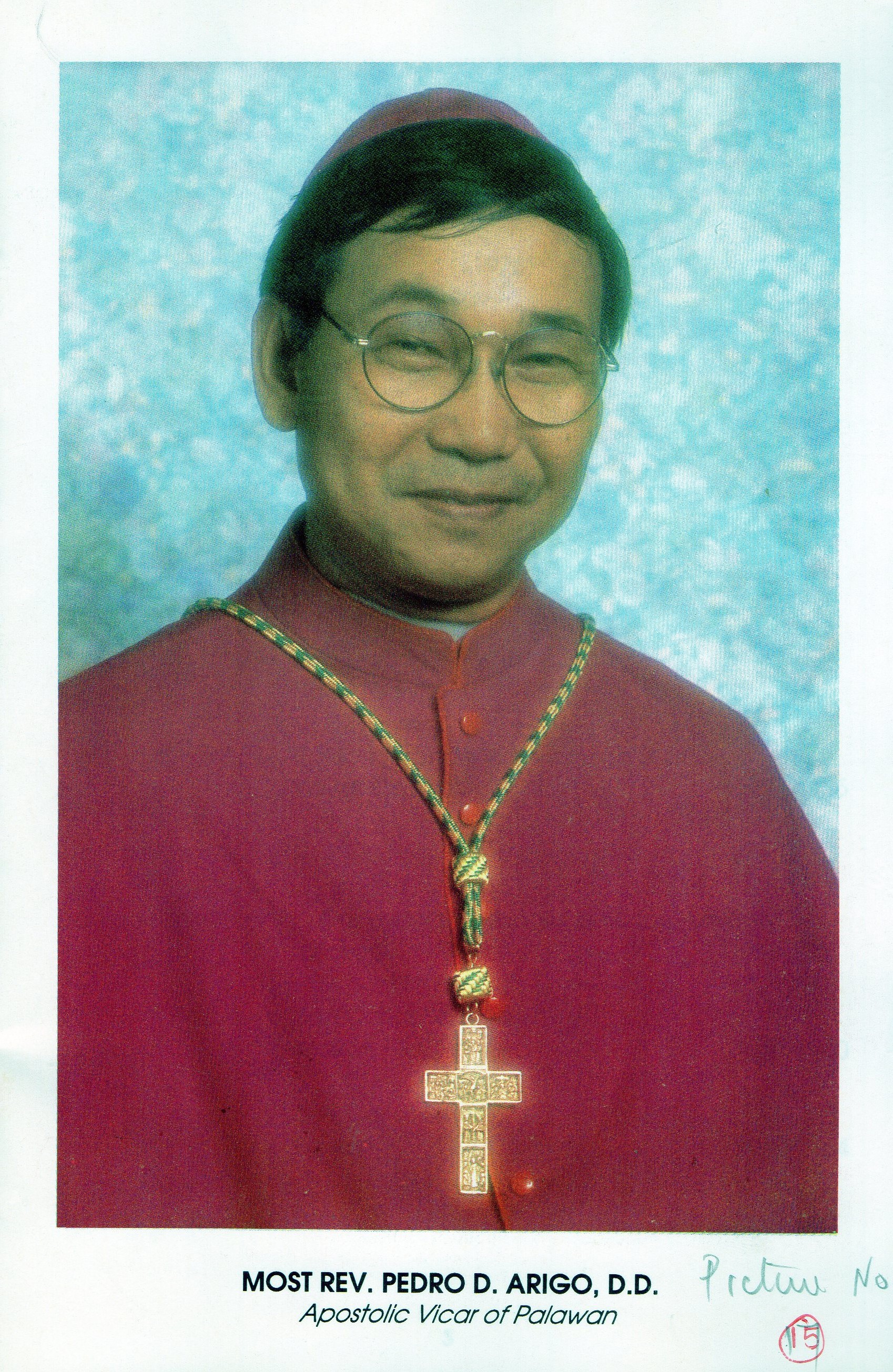
Diocesan Pastoral Assembly
The Fourth Bishop of Imus
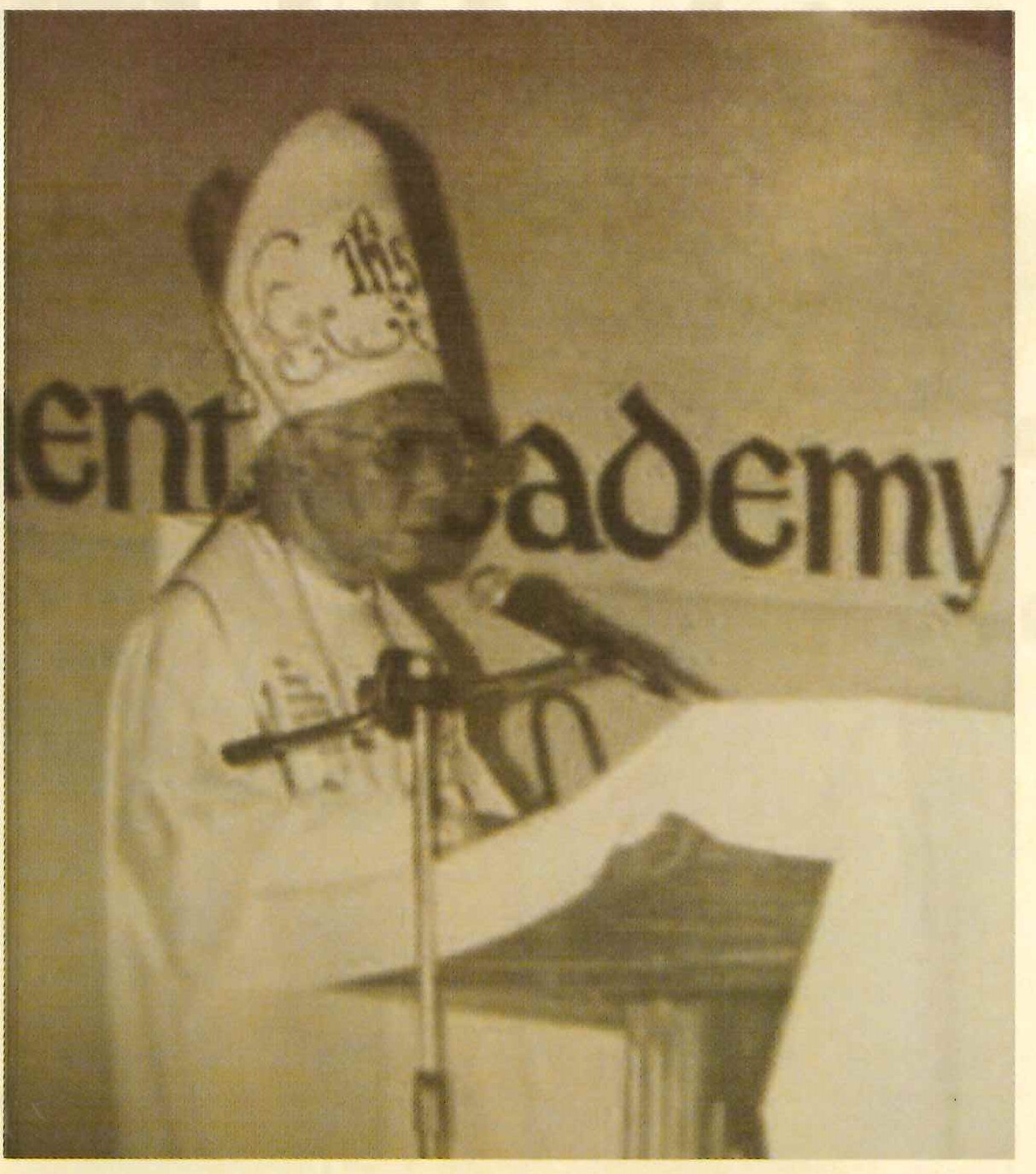
Bishop Sobrevinas at DAP during DPA-1
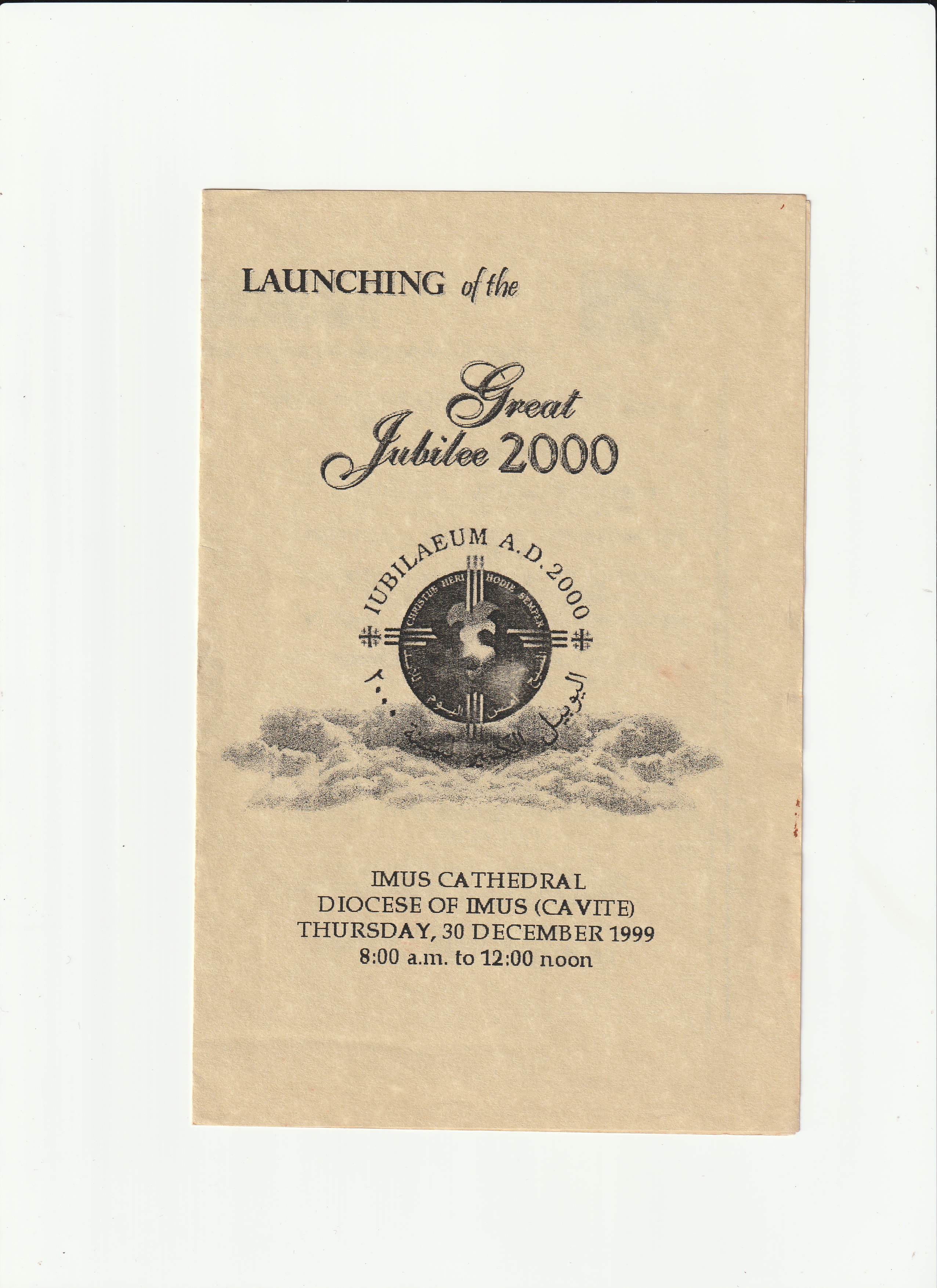
DOI Jubilaem Program
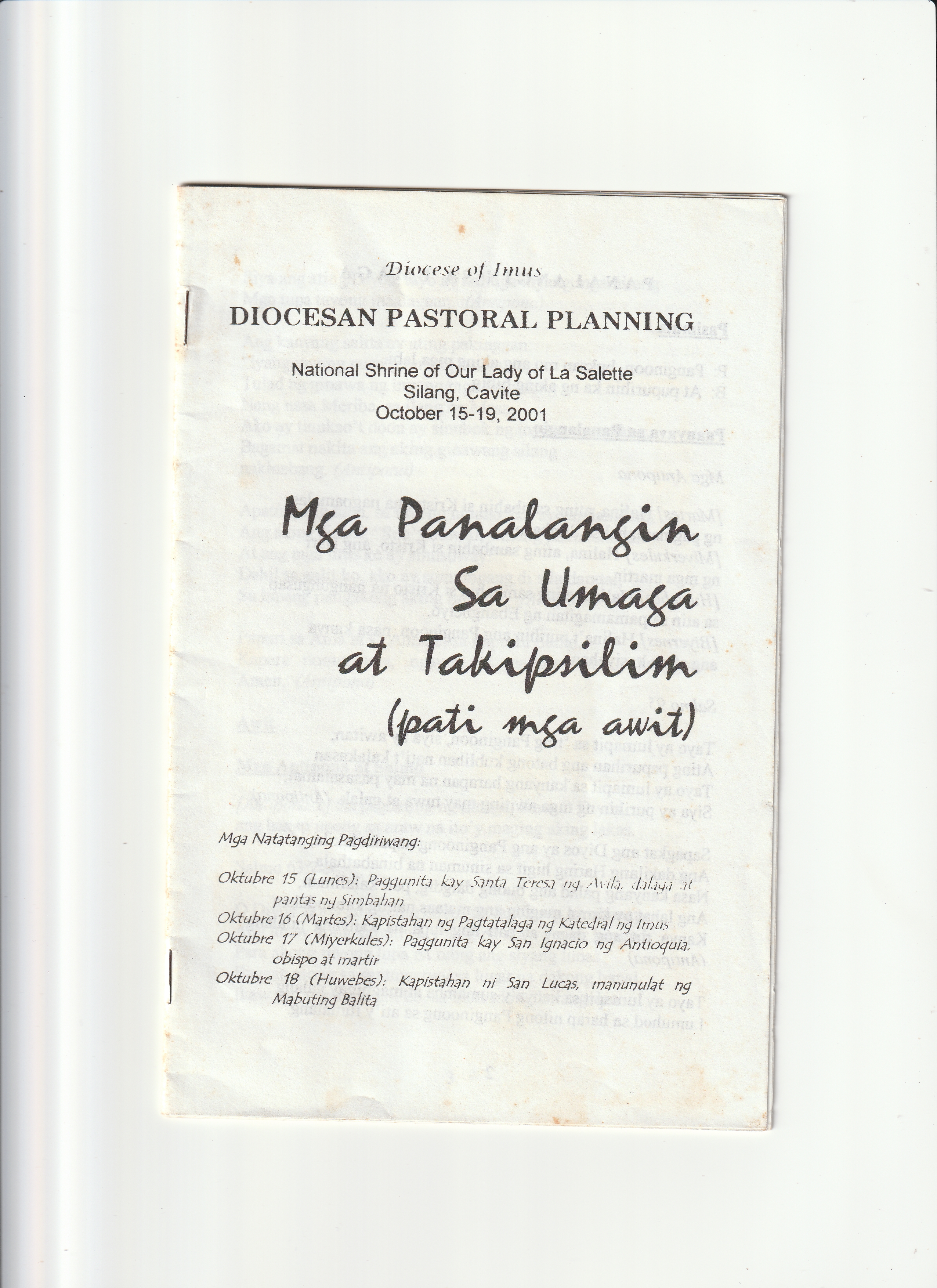
DPA - 2001
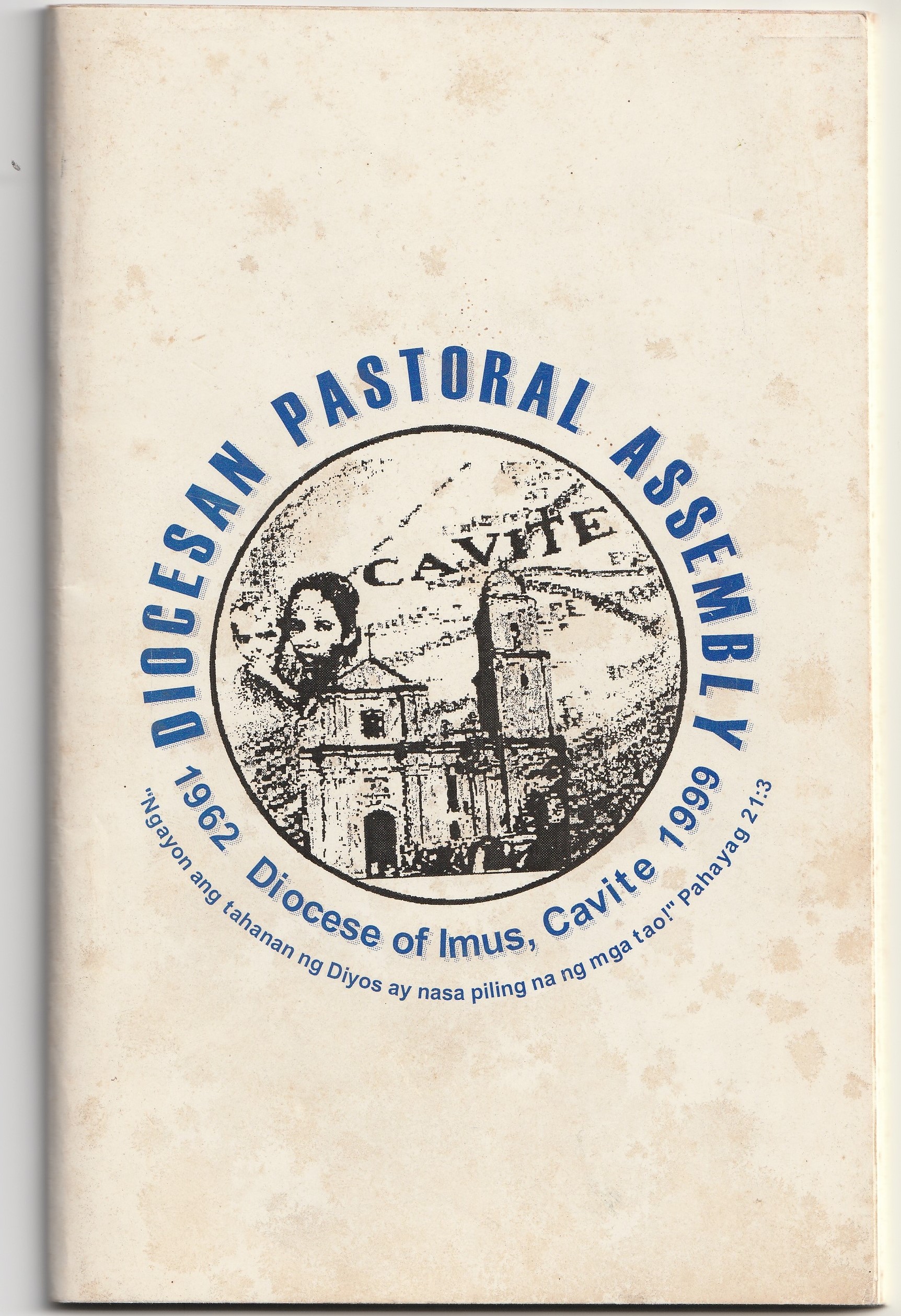
DPA - Program
